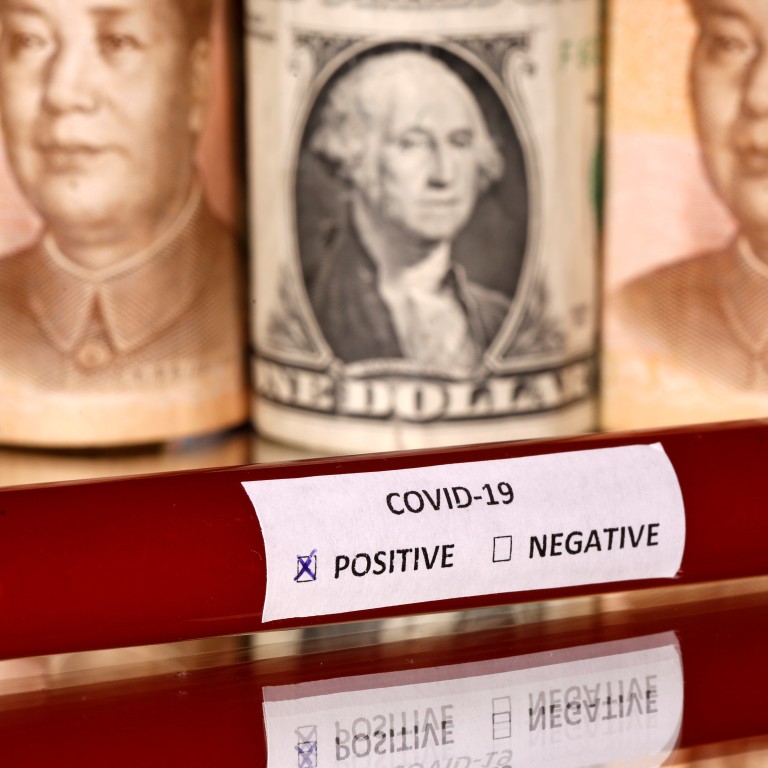
What follows a pandemic, unemployment and emergency stimulus? Inflation, most likely
- It’s rare to see the world economy hit simultaneously by demand and supply shocks
- However, central banks now printing vast sums of money in their responses to Covid-19 might be sowing the seeds of global inflation
In the field of epidemiology, there is a saying: “If you’ve seen one pandemic, you’ve seen one pandemic.” But while all global disease outbreaks are epidemiologically unique, their likely economic consequences may be easier to discern.
The longer-term consequences, however, sometimes bear little relation to the immediate economic challenges arising from the pandemic and efforts to tackle it.
As governments around the world impose business lockdowns to cut the rate of Covid-19 transmission, the initial effect of the global pandemic has been an epidemic of joblessness. The economic legacy, however, might be price inflation.
In the post-Covid-19 future, the world economy will be reset
But textbook monetary responses are less effective at addressing supply shocks. In 1973, even if major central banks had been minded to cut interest rates, that wouldn’t have solved the problem of a politically driven oil embargo by Arab members of the cartel Opec that sought to penalise nations perceived as supporting Israel during the Yom Kippur war.
Yet that oil crisis did force Washington to embark on a long-term strategy to reduce US dependence on overseas energy imports and boost domestic production, applying fiscal tools such as federal subsidies and state-level incentives, and decades later, developing an entire US shale energy sector.
But fiscal and monetary policy responses to any pandemic, which has generated demand and supply shocks to the global economy, come with future consequences.
How the greedy elite failed us, putting profit before pandemic preparedness
A recent San Francisco Federal Reserve working paper, titled “Longer-Run Economic Consequences of Pandemics”, concluded: “Significant macroeconomic after-effects of the pandemics persist for about 40 years, with real rates of return substantially depressed.”
In contrast, “wars tend to leave real interest rates elevated for 30-40 years”. That is partly because while pandemics and wars both lead to casualties, wars also wipe out property and capital that then have to be reconstituted through post-war investment.
In a post-pandemic environment, it would of course make sense that governments, seeking to minimise their debt-service costs, would wish to keep their borrowing costs lower for longer.
But what about the fact that central banks have been printing vast sums of money in their monetary policy responses to Covid-19? That additional money will find its way into the global financial system and, as aggregate global demand recovers, it will start to pass through the world economy at a faster and faster rate.
A much greater money supply travelling around the world economy at higher velocity could ignite general price inflation, which would only be exacerbated by lower-for-longer interest rates.
For now, large parts of the global economy are on lockdown as part of the battle against the coronavirus. But the longer-term economic legacy of Covid-19 might be a marked pickup in global inflation.
Neal Kimberley is a commentator on macroeconomics and financial markets
Sign up now and get a 10% discount (original price US$400) off the China AI Report 2020 by SCMP Research. Learn about the AI ambitions of Alibaba, Baidu & JD.com through our in-depth case studies, and explore new applications of AI across industries. The report also includes exclusive access to webinars to interact with C-level executives from leading China AI companies (via live Q&A sessions). Offer valid until 31 May 2020.

